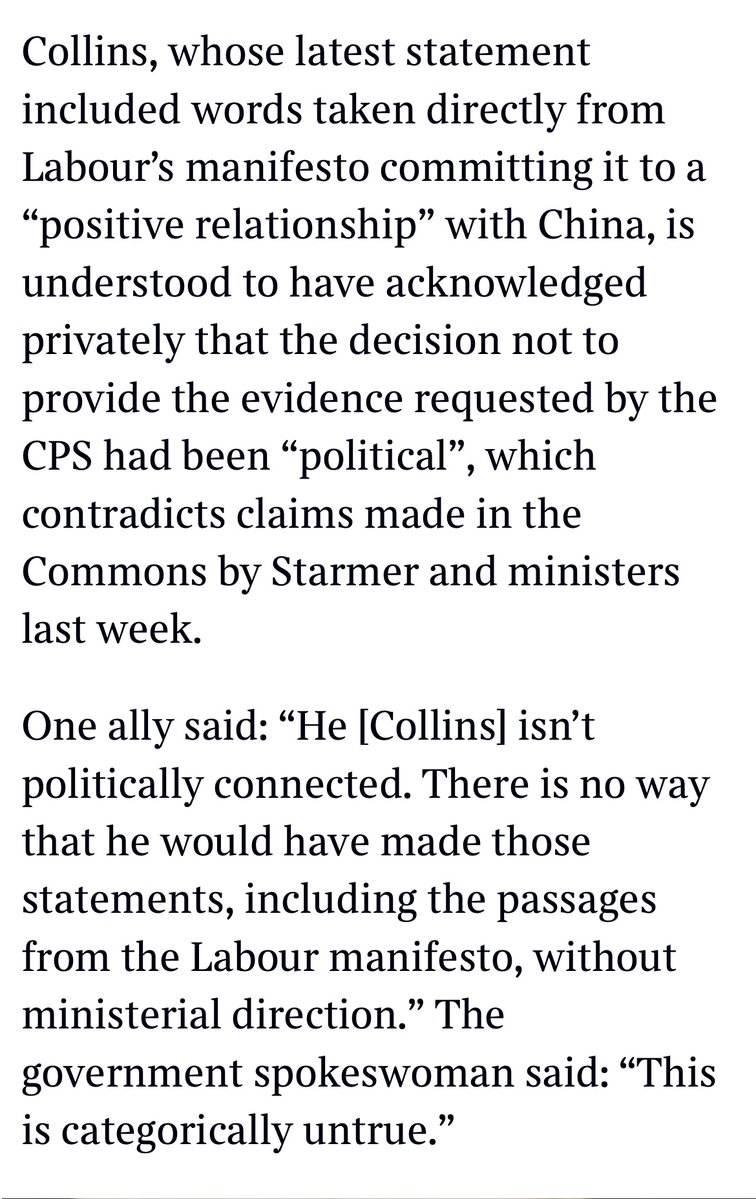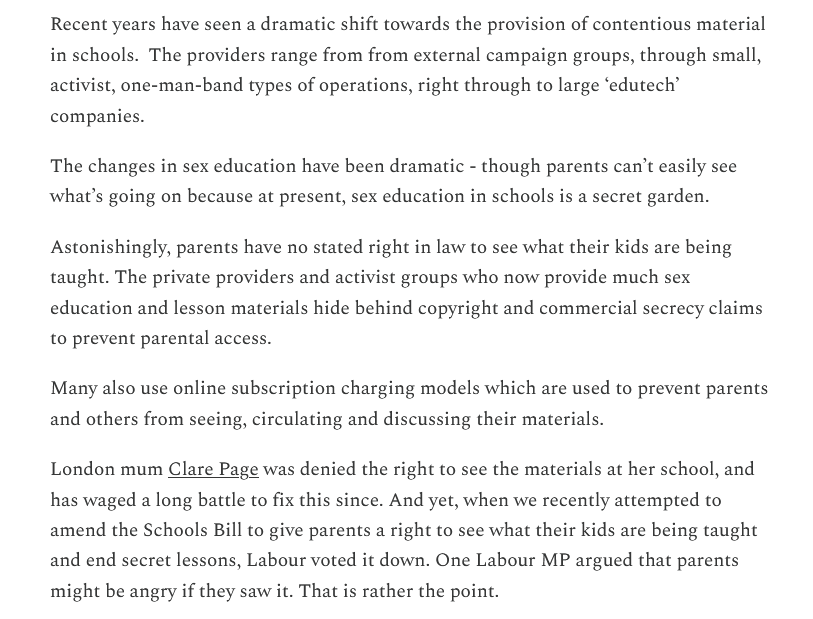TAKING THE GREAT BARRINGTON DECLARARTION SERIOUSLY – a thread.
1 or 2 MPs have advocated the ideas in the “Great Barrington Declaration”: that we should get back to normal, go for herd immunity, & try to shield the elderly & vulnerable. Rather than dismiss this out of hand I've tried to crunch some numbers on what it would mean in practice.
First, how many people would need to totally isolate as the virus accelerates through the rest of the population?
There were 12,374,440 people aged 65+ in the UK in 2019.
But there are 14,843,119 people who lived in a household with someone aged 65+
Additionally (in England alone) there were 2,240,850 patients on the Shielded List - though some of these over 65, so there's some overlap)
But there are 14,843,119 people who lived in a household with someone aged 65+
Additionally (in England alone) there were 2,240,850 patients on the Shielded List - though some of these over 65, so there's some overlap)
Trying to isolate and supply food to all these 15-16m people while the virus spiked would be a monumental undertaking, & much like a hard (6 month at least) lockdown for a large part of the population. It’s not clear how we’d safely supply them with food as the virus spiked.
Second, how many people would likely die? If we look at English mortality rates from this Nature article and apply them to the UK population, we can get a range of answers.
nature.com/articles/d4158…
nature.com/articles/d4158…
Everyone accepts that the isolation of old and ill people couldn't be 100% complete: some will choose not to isolate, some will have to go to hospital or see carers, or live in care homes, or the young people living with them will not fully isolate and they’ll get it.
About 8% of people have had the virus (call it 10% to be generous). Lets say we need to get to 60% for herd immunity. So we’d need a bit over 50% of the younger population to get it (and somehow avoid overshooting, which seems unlikely, but lets assume we could do that for a mo)
Using data from England suggests that if only half of the younger population got it and (miraculously) only 5% of pensioners (because isolation is near complete), that would mean 90,000 deaths. If 10% pensioners get it, that would be 130,000. If 15% then about 175,000.
…That’s a lot of deaths. But that’s still assuming that healthcare is not overwhelmed, and so all those who need treatment for Covid are still getting it. It’s also assuming there are no non-Covid deaths caused by the NHS being overwhelmed. Both assumptions are very unlikely.
Let’s look at data on hospitalisation rates from this paper in the lancet. And apply them to the UK population.
bmj.com/content/369/bm…
bmj.com/content/369/bm…
If we again assume 50% of younger people get the virus and 5% to 15% of pensioners, that means between 860,000 and around 1.1m hospitalisations. Given the geometric way the virus grows without interventions, they would likely come at roughly the same time in a pronounced spike.
In England there are 4,123 adult critical care beds (up from 3,550 in 2010). Not everyone in hospital would need critical care, but even a small % of hundreds of thousands of people into 4,000 beds doesn’t go. Liverpool is already at 95% capacity.
dailymail.co.uk/news/article-8…
dailymail.co.uk/news/article-8…
So the likely spike in admissions would likely wash over the NHS like a tidal wave over a tiny sandcastle. So we should add to the directly-caused deaths two additional large numbers...
... first, the covid patients who would die because they won’t be able to get treatment, and second, the patients with other diseases who would die because the health service is knocked out. It's likely to add up to hundreds of thousands dead.
There is then a further cost in terms of people who get the disease, don’t die but will have long term health problems. We don’t know how large this would be. The KCL study suggests 60,000 have been seriously ill for over three months. Scale that up and it is a large number.
To go with the GBD, you’d have to be 100% certain than NONE of the three permanent solutions will arrive: no vaccines, no mass rapid testing & no medical improvements such that ppl get the virus but don’t die. It seems pretty likely that several of these will arrive next year.
Vaccines are getting close, and various countries like China have started rolling out experimental vaccines before end of clinical trials...
biopharmadive.com/news/coronavir…
theguardian.com/world/2020/oct…
biopharmadive.com/news/coronavir…
theguardian.com/world/2020/oct…
The US is starting to roll out mass rapid testing:
https://twitter.com/GovAbbott/status/1316472709237399552
So good solutions are coming.
Lets look at the track record of the people behind the GBD.
Lets look at the track record of the people behind the GBD.
One of the lead authors of the GBD predicted in May: “I think that the epidemic has largely come and is on its way out in this country.” She said the decline in cases was “due to the build-up of immunity.” This prediction proved radically wrong.
This matters because they make the same argument now: that SAGE are wrong because many more people out there are immune to Covid-19. The exact reason they say this will work now, is the same reason they said it was all over and fizzling out in the summer.
As a kicker, because people can get reinfected, it is not even sure we'd ever get to herd immunity, even if you think an elected government could somehow ride this out for the duration.
No countries are currently following the strategy suggested in the Great Barrington Declaration. The countries doing best have followed completely different approaches. Germany has local lockdowns. Japan has massively high mask use. Korea sacrificed privacy for great tracing.
We should learn from them, rather than embark on a route which, I'm sad to say, would definitely see the NHS overwhelmed and would be likely to lead to hundreds of thousands of unnecessary deaths.
END
END
• • •
Missing some Tweet in this thread? You can try to
force a refresh



















